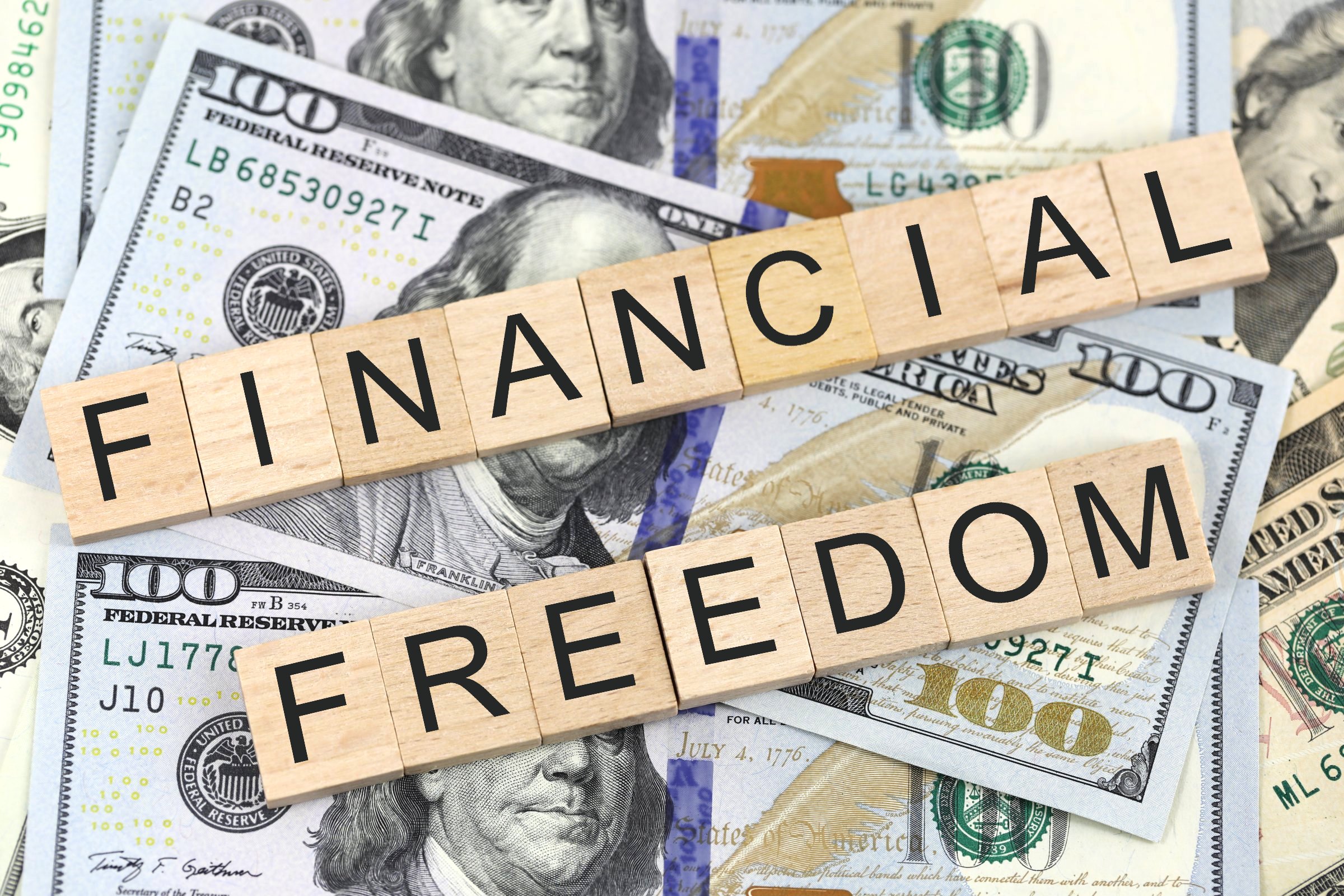Financial freedom by 40 isn’t just a dream—it’s an achievable goal for those willing to take charge of their finances, make smart money decisions, and embrace a disciplined approach. Imagine waking up on your 40th birthday with the freedom to choose how you spend your days. No more living paycheck to paycheck, no more financial anxiety, and the ability to support your family, passions, and dreams. This guide will show you, step-by-step, how you can build real wealth and enjoy peace of mind much earlier than most.
Let’s dive in and discover the path to financial freedom before your 40th birthday.
What Is Financial Freedom and Why Pursue It?
Financial freedom means having enough wealth and passive income to cover your living expenses without relying on active employment. It’s about choice—pursuing work because you love it, not because you have to.
Pursuing early financial independence brings many benefits:
- Reduced stress and anxiety around money.
- The freedom to travel, start projects, or spend more time with family.
- Security during emergencies and market downturns.
- The opportunity to retire early or take a mini-retirement.
Achieving this by 40 gives you more of life to enjoy on your own terms.
Step 1: Set a Clear Vision for Your Financial Freedom
Every successful journey starts with a destination in mind. Define what financial freedom means to you.
- Write down your goals: What does your ideal lifestyle look like? How much money do you need each month to sustain it?
- Calculate your “freedom number”: This is the amount of investable assets needed to sustain your desired lifestyle, usually calculated as annual expenses multiplied by at least 25 (the rule of 25, based on a 4% withdrawal rate).
- Set milestones: Break down your journey into short-term and long-term goals. For instance, saving your first $100,000, then $500,000, and so on.
Clarity leads to motivation—and motivation is your fuel for this journey.
Step 2: Master Your Budget and Spending Habits
Financial discipline is crucial for wealth-building. Start tracking your current income, expenses, and savings rate.
Smart Budgeting Tips:
- Live below your means: Choose a lifestyle that lets you save a significant portion of your income (ideally 30% or more).
- Automate your savings: Set up recurring transfers into your investment accounts.
- Audit your expenses: Identify non-essential spending. Swap out costly habits for affordable (or free) alternatives.
- Avoid lifestyle inflation: As your income grows, resist the urge to upgrade your lifestyle. Instead, increase your savings and investment contributions.
Small, consistent savings make a compounding impact over time.
Step 3: Build Multiple Streams of Income
Relying solely on a paycheck leaves you vulnerable. Building additional income streams accelerates your journey to financial independence.
Consider These Options:
- Investing in stocks, index funds, and ETFs for long-term growth.
- Real estate investing for rental income and capital appreciation.
- Creating digital products or starting a side hustle for extra cash flow.
- Peer-to-peer lending, REITs, or dividend-focused portfolios for passive returns.
Diversifying your income reduces risk and increases financial stability.
Step 4: Maximize and Protect Your Investments
Once you’re saving and earning more, make your money work harder for you.
- Start investing early: Leverage compound growth by investing as soon as possible. The earlier you start, the less you have to contribute later.
- Focus on tax-advantaged accounts: Maximize contributions to IRAs, 401(k)s, or ISAs, depending on your country.
- Keep fees low: Choose low-cost index funds and ETFs over high-fee managed funds.
- Reinvest your dividends: Allow your investments to snowball by reinvesting all passive income.
- Monitor your asset allocation: Adjust your portfolio over time to match your risk tolerance and goals.
Protect your assets with insurance (health, disability, life) and estate planning.
Step 5: Eliminate Bad Debt Early
Debt is the enemy of financial freedom, especially high-interest debt like credit cards or personal loans.
- Prioritize paying off high-interest debt first, even ahead of investing.
- For mortgages or student loans, consider refinancing for lower rates.
- Avoid unnecessary debt: If you can’t afford it, don’t finance it.
Being debt-free or having only “good debt” (like low-interest mortgages) accelerates your wealth journey.
Step 6: Cultivate the Millionaire Mindset
Financial freedom is as much about attitude as it is about money.
- Stay curious and keep learning: Read books, listen to podcasts, and surround yourself with financially savvy people.
- Embrace delayed gratification: Sacrifice luxuries today for long-term gains.
- Visualize your goals daily: Use vision boards, journaling, or regular check-ins.
- Stay resilient in setbacks: The market (and life) will have ups and downs. Stick to your plan.
Your mindset gives you the discipline and motivation to keep moving forward.
Step 7: Make Smart Career and Life Choices
Your career is often your largest income source in the early years. Maximize its impact:
- Negotiate salaries and bonuses at every new job or review.
- Choose roles with upward mobility and learning opportunities.
- Be open to relocation or remote work if it leads to higher income or lower living costs.
- Leverage company benefits such as retirement contributions, stock options, and insurance.
On the personal side, make conscious choices—like when to buy a home, start a family, or move to lower-cost areas—that align with your financial freedom goals.
Step 8: Track Progress and Adjust Regularly
Review your progress at least quarterly:
- Use spreadsheets or financial apps to track net worth and cash flow.
- Celebrate milestones—even small victories keep motivation high.
- Revisit your goals and budget as your life, family, or the market changes.
Staying flexible helps you adapt to unexpected events.
Frequently Asked Questions
Can I achieve financial freedom by 40 if I start late?
It’s possible, though you’ll need to save and invest aggressively, maximize income, and cut unnecessary expenses.
Do I have to live frugally forever?
No, but practicing smart money habits early allows for greater flexibility and comfort later.
What’s the biggest mistake to avoid?
Not starting early enough and succumbing to lifestyle inflation.
Conclusion: Your Path to Financial Freedom Starts Now
Financial independence by 40 is entirely within reach if you approach it methodically and stay committed. Remember, it’s not about deprivation, but about smart decision-making, disciplined saving, and intentional living.
Take the first step today, and your future self will thank you.
Take Action Now!
Are you ready to change your financial future? Start today by setting your vision, building your budget, and exploring additional income opportunities. The path to financial freedom is open—take your first confident step now. Share your journey with friends, and inspire others to pursue financial independence too!






